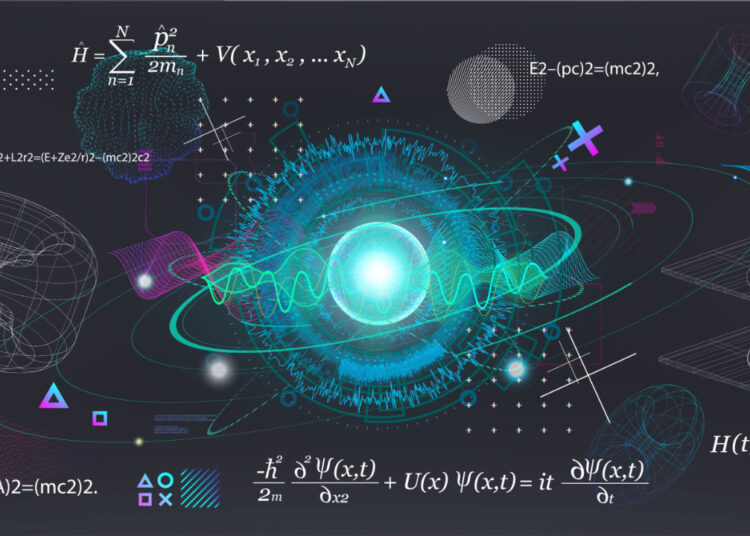For a long time, quantum technologies have been discussed with the claim that they will shape the future vision of the computing world. Now, a step has been taken beyond laboratory boundaries: the Caltech team announced that they have built a large-scale qubit array based on fixed 6,100 neutral atoms. This structure is seen as a significant milestone for the scalability required for quantum computers to be truly functional. However, the system is waiting for entanglement communication between qubits to be established so that it can perform calculations entirely. Entanglement is the cornerstone of quantum computation and the key to information exchange. Although this stage has not yet been reached, this leap in the number of qubits provides a solid foundation for future experiments.
While traditional computers represent data as 0 or 1, quantum qubits can exist in multiple states simultaneously. This offers the potential for enormous speed in solving certain problems in theory, but practical challenges are still serious. Although the journey has been long, a larger structure has now been built, and it has become clear that additional qubits are needed to minimize device susceptibility to errors. While only 20-qubit systems were discussed in the past, talking about a structure with more than 6,000 qubits demonstrates the scale of progress in this field.
The Caltech team used laser techniques called optical tweezers to hold cesium atoms fixed in a vacuum. With 12,000 optical tweezers operating at two different wavelengths, 6,100 atoms, each moving like a qubit, were assembled into and fixed in a single array. This approach allows not only adjacent interactions but also interactions at various points within the array. Hannah Manetsch emphasizes the scale by stating, “From the visualization of the internal structure of the system, each qubit appears as a point of light on the screen.” From an external perspective, this seemingly disorganized structure is the result of extremely precise order.
The phrase “computation without entanglement is impossible” indicates that this array currently only has data storage capacity. To perform calculations, the atoms need to quantumly entangle with each other. This was a successful method in many previous studies, and similar success is expected in this array as well. However, practically, the system is still far from the robustness of our daily life: qubits operate in delicate quantum states that are quickly affected by thermal, optical, and vibrational factors. In this study, they managed to maintain the superposition state of the atoms while moving them within the array for 12.6 seconds; this is considered a success well above the typical durations in similar systems.
The balance between quality and quantity was a critical aspect of the work. The data obtained show that qubits can be controlled with 99.99% accuracy. Gyohei Nomura summarizes that system accuracy usually decreases as the system grows; however, this study managed to achieve both quantity and quality together. Although it has not yet fully entered our daily lives, such developments indicate that reliable and scalable quantum computers could be possible in the future.









